I’ve been a professional landscape, nature, and travel photographer for over ten years, and I often get asked the question: what are the best times of day for taking outdoor photographs? The answer, of course, depends in large part on what you are photographing. Outdoor photographers like myself spend weeks in the field hoping for incredible displays of natural light to fully bring their subjects to life. Understanding light, how it changes during the day, and how you can best use the light to your advantage are all critical aspects of successful outdoor photography.

 A stunning sunrise paints the landscape red, Torres del Paine National Park, Chile. Canon 5DIII, Tamron 24-70mm f/2.8 lens, 3-stop neutral density filter, ISO 100, f/11, 30 seconds.
A stunning sunrise paints the landscape red, Torres del Paine National Park, Chile. Canon 5DIII, Tamron 24-70mm f/2.8 lens, 3-stop neutral density filter, ISO 100, f/11, 30 seconds.
Sunrise and Sunset
The “magic hours” of sunrise and sunset are the most popular times of day for most outdoor photography. During these times, the sun is low on the horizon and filtered through atmospheric particles that scatter blue light and allow warm light (such as reds, oranges, and yellows) to pass through. When this warm light strikes clouds, landforms, and other objects, the results can be colorful and extremely photogenic. When the sun is near an unobstructed horizon, it gives off an intense light that bathes objects and scenes in red and gold.
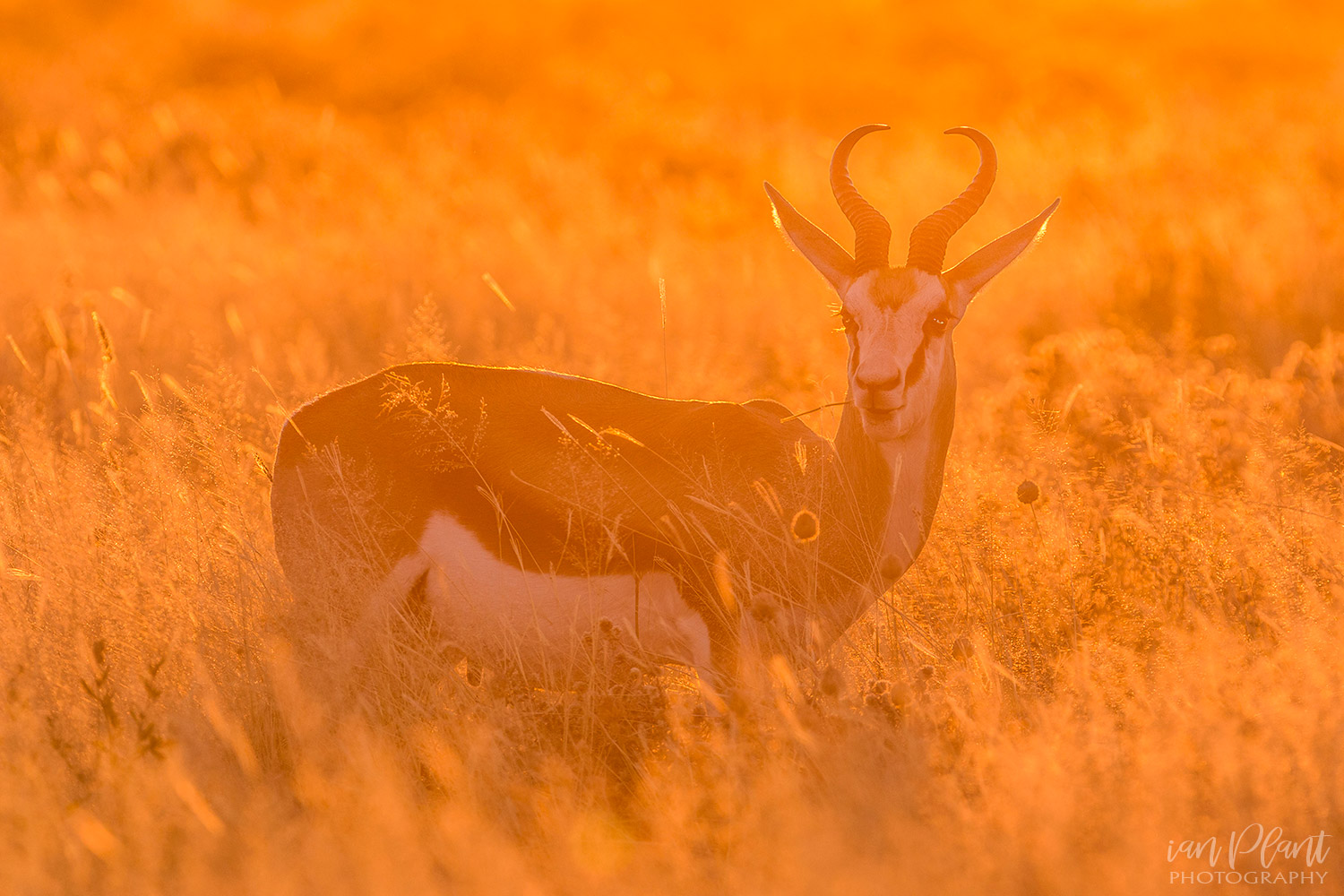 I took this photo of a grazing springbok backlit in a field of grass just a few minutes before sunset. The light was warm and colorful, the result of clear, dry air without clouds or haze. Etosha National Park, Namibia. Canon 70D, Canon 200-400mm f/4 lens with built-in 1.4x extender, flash, ISO 400, f/8, 1/250 second.
I took this photo of a grazing springbok backlit in a field of grass just a few minutes before sunset. The light was warm and colorful, the result of clear, dry air without clouds or haze. Etosha National Park, Namibia. Canon 70D, Canon 200-400mm f/4 lens with built-in 1.4x extender, flash, ISO 400, f/8, 1/250 second.
In the afternoon, the magic hour starts approximately 30-40 minutes before sunset. At this time, the light starts to get noticeably warmer, and deep shadows begin to form, which can add texture to landscape subjects. If there are clouds in the sky, they might light up with color at sunset and for a few minutes after. A truly gorgeous sunset can last for several minutes after the sun has set; remember, the sun may have set from your perspective, but for clouds several miles high up in the sky, there’s still plenty of time to catch some light before the rotation of the Earth blocks the sunlight. In the early morning, everything is in reverse, with the magic hour beginning a few minutes before sunrise, extending until about 30-40 minutes after the sun has risen when the light begins to lose its warmth.
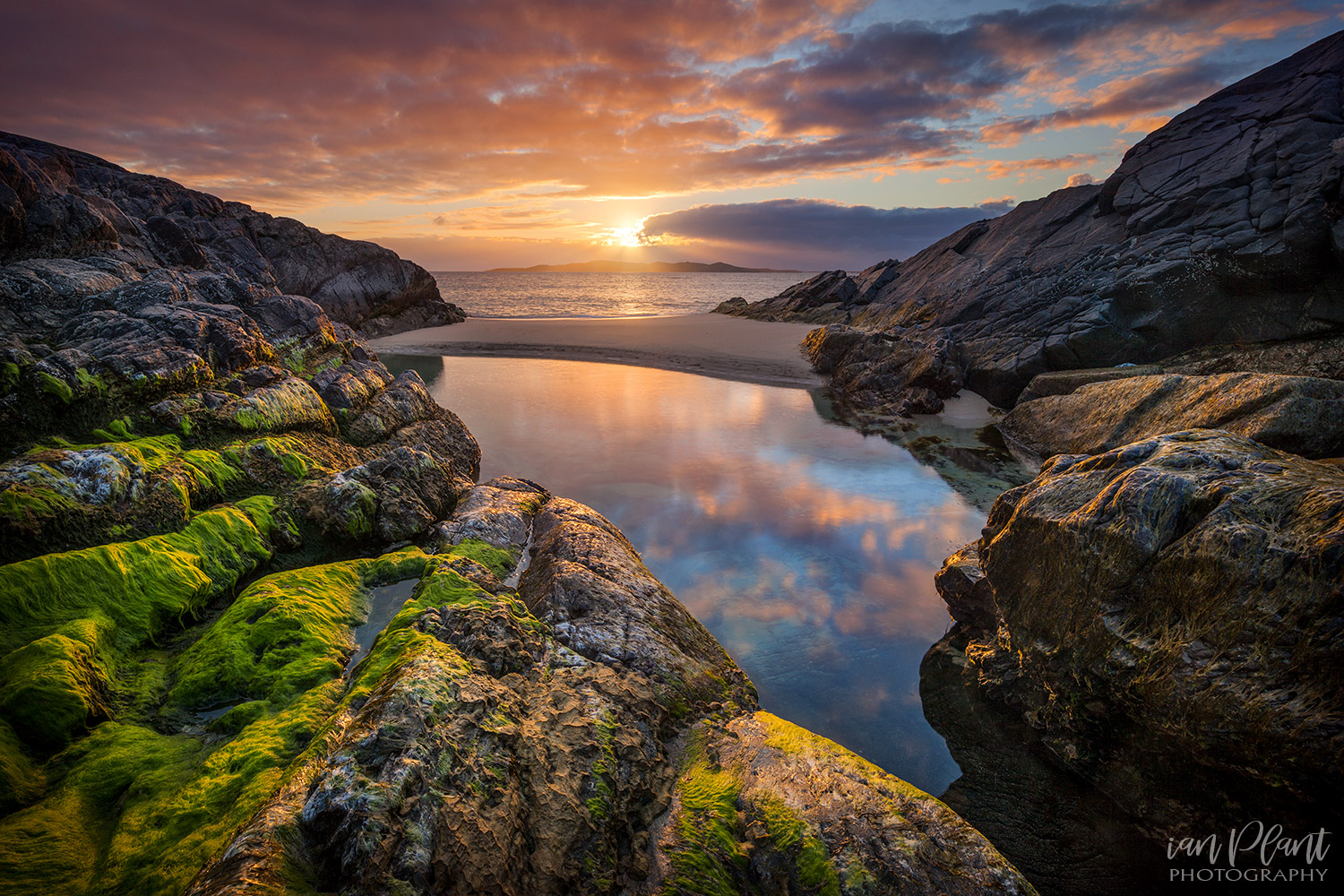 I made this photo of sunset reflected in a tidal pool along a remote stretch of Scottish coast, Isle of Harris, United Kingdom. Canon 5DII, Nikon 14-24mm f/2.8 lens with Canon adapter, ISO 100, f/11, 1/15 second.
I made this photo of sunset reflected in a tidal pool along a remote stretch of Scottish coast, Isle of Harris, United Kingdom. Canon 5DII, Nikon 14-24mm f/2.8 lens with Canon adapter, ISO 100, f/11, 1/15 second.
Interested in learning more? You might also like: Photographing Sunsets Tips and Techniques, Sunset Photography Tips, Tips on Shooting an Iconic Sunrise, Sunrise Photography Exposure, Capturing Sunrise
Twilight
The 30 to 40-minute period after the sun has set or before it rises is a magical time when reality blends with fantasy, called twilight. Most of the light you see at twilight is blue, although a portion of the sky might be glowing warmly with the last remnant of sunset light or the first blush of sunrise. There’s not much light during twilight, and long exposures might be necessary to compensate; clouds, water, and wind-blown foliage will move during long exposures, creating impressionistic blurs in your photos. During twilight, the brightest part of the sky (usually where the sun has set or is rising) basically acts as a giant reflector, bouncing a soft “glow” onto the land, which sometimes can be quite colorful. Twilight can be great for landscape subjects, but I especially love twilight for photographing wildlife or travel subjects: I’ll often use a hint of artificial light to illuminate my subjects against a colorful twilight sky.
 I used flash at low power to illuminate this gelada monkey against a dramatic landscape scene and stormy twilight sky, Simien Mountains National Park, Ethiopia. Canon 5DIV, Tamron 24-70mm f/2.8 lens, flash, ISO 200, f/2.8, 1/100 second.
I used flash at low power to illuminate this gelada monkey against a dramatic landscape scene and stormy twilight sky, Simien Mountains National Park, Ethiopia. Canon 5DIV, Tamron 24-70mm f/2.8 lens, flash, ISO 200, f/2.8, 1/100 second.
Midday Light
Okay, so sunrise, sunset, and twilight seem to be great times for outdoor photography. What about the light during the middle of the day? Midday light is neutral, colorless, and harsh; for most outdoor photographers, non-magic hour sunlight is best avoided. But although normal daylight can be unflattering for most subjects, some outdoor subjects actually work best in midday light. One particular kind of landscape subject—slot canyons—are best photographed on bright, sunny days. But you don’t want direct sunlight: instead, the stunning colors and patterns of these narrow sandstone canyons are best revealed by reflected light.
Reflected light is easy to understand: when an object glows brightly enough, it will bounce that light onto other nearby objects. It is reflected light, bouncing down into the dark interiors of deep sandstone slot canyons, that give them their famous colorful glow. The effect is typically strongest during the middle of the day when the sun is high and bright, bouncing light from sunlit rock at the top of the canyon onto the rock in shadow below. This reflected light can be surprisingly intense and colorful, creating a photogenic medley of red, orange, and purple.
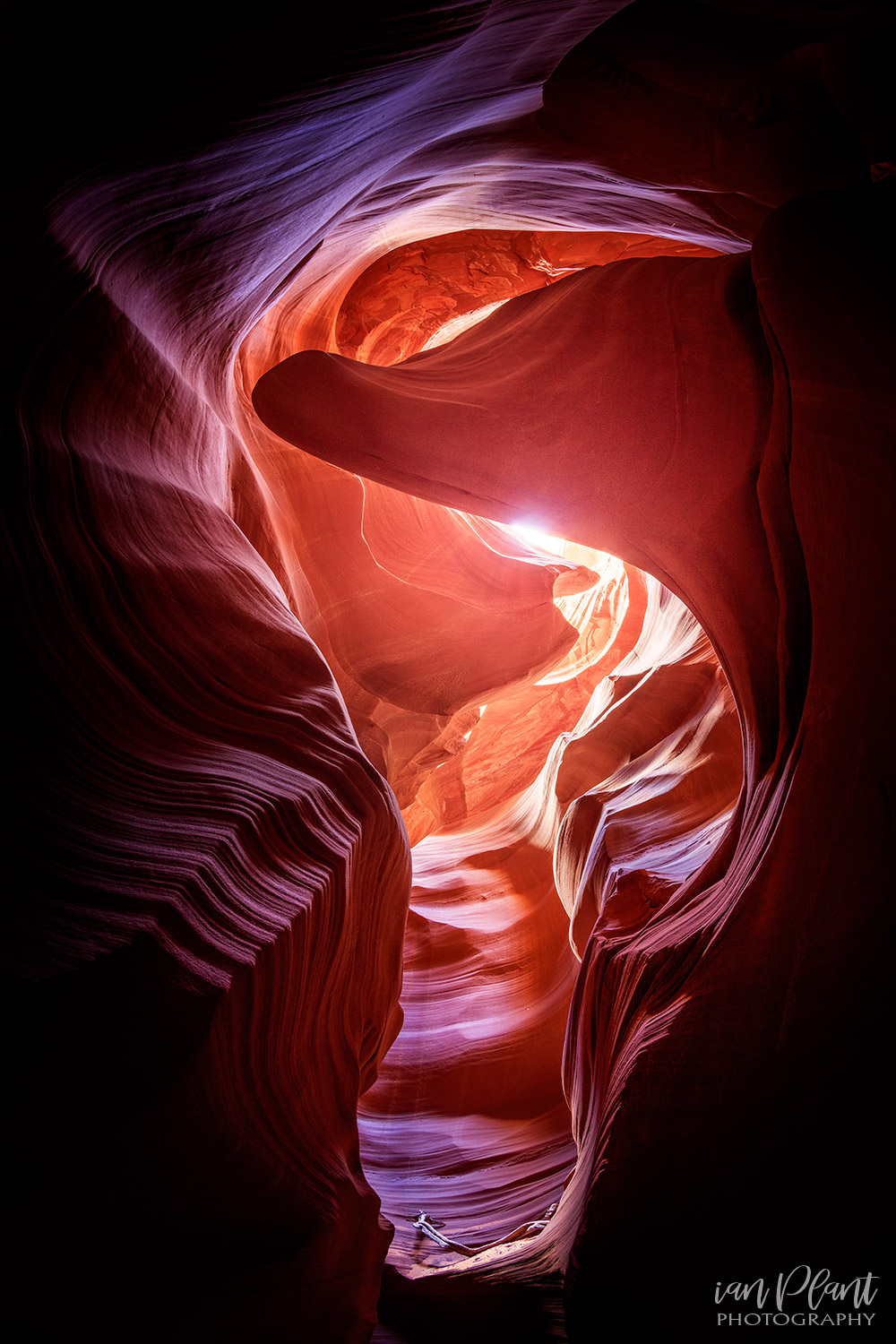 I made this photo looking up from the bottom of a narrow sandstone slot canyon during the middle of a bright, sunny day. Secret Canyon, USA. Canon 5DSR, Canon 8-15mm f/4 fisheye lens, ISO 400, f/11, 0.5 seconds.
I made this photo looking up from the bottom of a narrow sandstone slot canyon during the middle of a bright, sunny day. Secret Canyon, USA. Canon 5DSR, Canon 8-15mm f/4 fisheye lens, ISO 400, f/11, 0.5 seconds.
Interested in learning more? You might also like: Midday Photography Light, Photography Outdoor Lighting Tips for Mid-Day Light, Shooting Creatively in Mid-Day Light
Overcast
The soft, colorless light that results from overcast conditions is well suited for waterfalls and streams, some wildlife subjects, and forest scenes. Overcast light usually works best with subjects having a lot of native color; for example, the colors of a spring or autumn forest are best revealed by overcast light. Overcast light is also well suited to waterfall and stream photos, as it reduces the incidence of unattractive glare and hot spots. With overcast light, you can pretty much shoot all day outdoors.
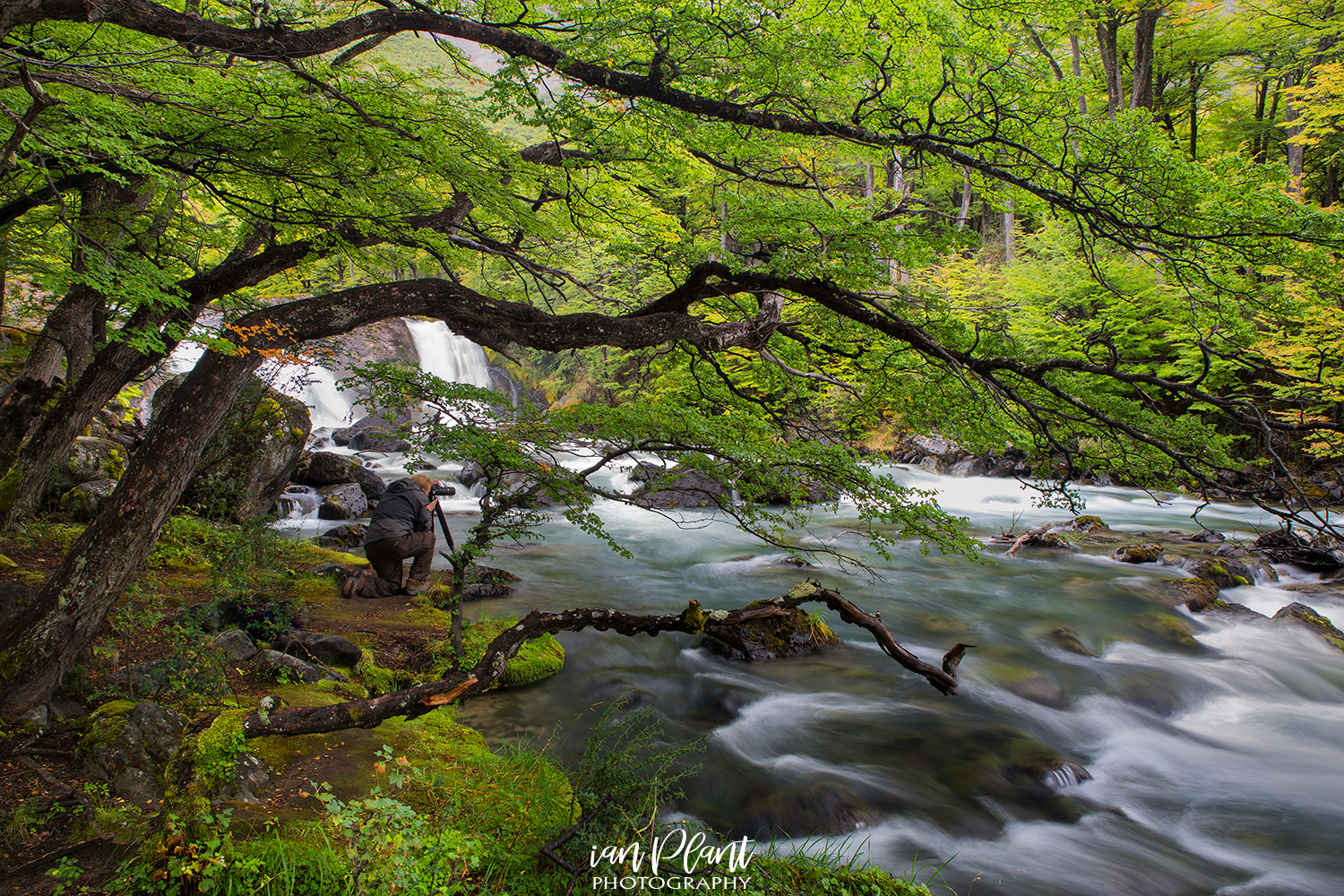 Overcast light was perfect for this intimate stream and forest scene. Los Glaciares National Park, Argentina. Canon 5DIII, Tamron 24-70mm f/2.8 lens, polarizer filter, ISO 100, f/14, 1.3 seconds.
Overcast light was perfect for this intimate stream and forest scene. Los Glaciares National Park, Argentina. Canon 5DIII, Tamron 24-70mm f/2.8 lens, polarizer filter, ISO 100, f/14, 1.3 seconds.
Mix it up!
Of course, there’s no reason that you have to photograph your outdoor subjects at the “right” time. I love experimenting with shooting my subjects at the “wrong” time, sometimes with stunning results. You should always be looking to push the creative envelope and strive to show your subjects (pardon the pun) in a new light.
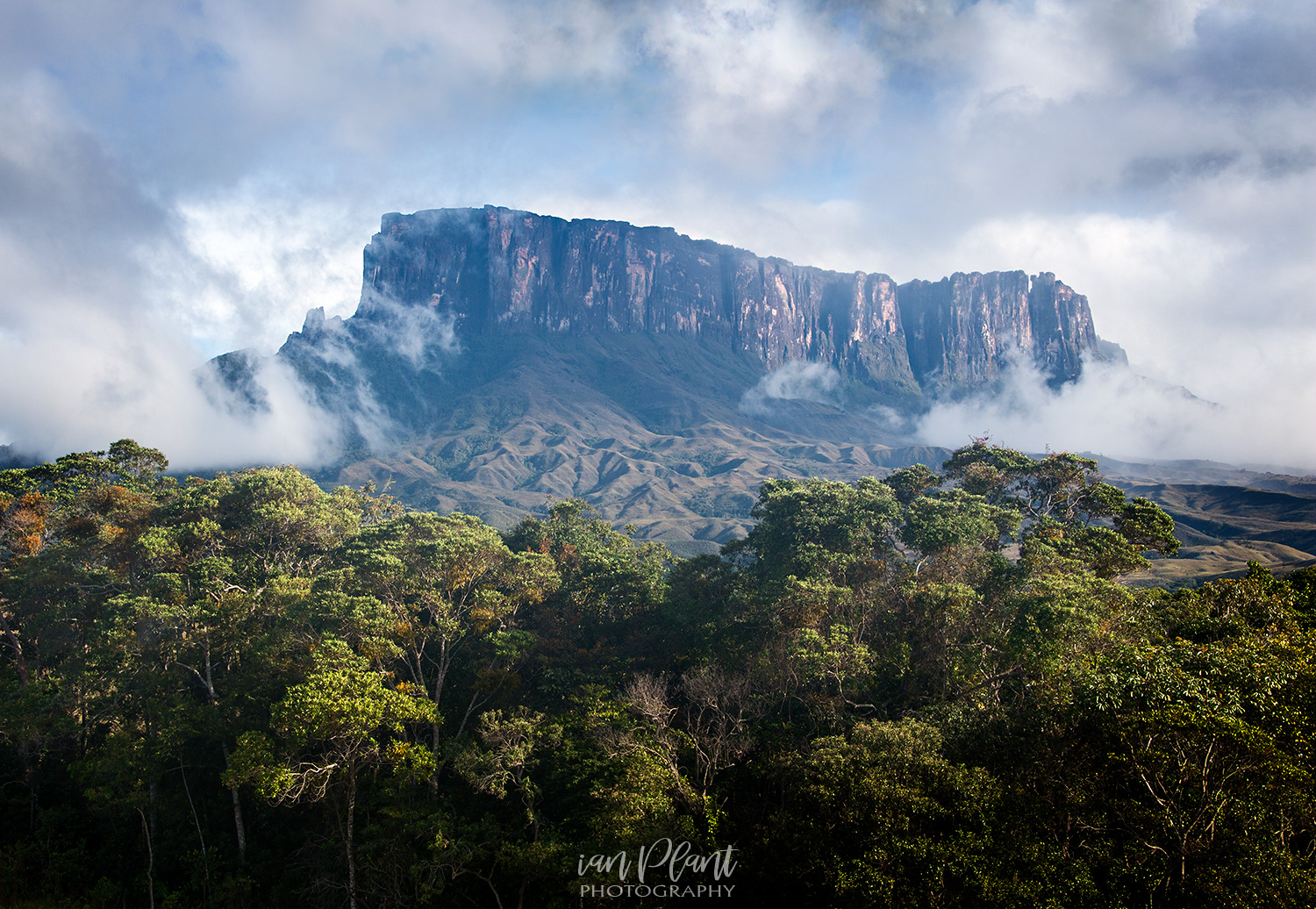 I made this photo while backpacking in the highlands of Canaima National Park in Venezuela, two hours after sunrise. Although the light wasn’t very colorful, the parting mist softened the light, making it perfect for this mysterious landscape. Canon 70D, Tamron 16-300mm f/3.5-6.3 lens, ISO 100, f/10, 1/100 second.
I made this photo while backpacking in the highlands of Canaima National Park in Venezuela, two hours after sunrise. Although the light wasn’t very colorful, the parting mist softened the light, making it perfect for this mysterious landscape. Canon 70D, Tamron 16-300mm f/3.5-6.3 lens, ISO 100, f/10, 1/100 second.
Conclusion
There really isn’t any “best” time for outdoor photography. Rather, the best time depends on what you are shooting and what you hope to accomplish artistically. That said, sunrise, sunset, and twilight will likely be your best times for making great outdoor photos—but give other times of day a try as well. Don’t expect to be getting a lot of sleep!
If you want to learn more, check out my ebook Chasing the Light: Essential Tips for Taking Great Photos.
About the author: Whether hanging over the rim of an active volcano, braving the elements to photograph critically-endangered species, or trekking deep into the wilderness to places most people will never see, world-renowned professional photographer Ian Plant travels the globe seeking out amazing places and subjects in his never-ending quest to capture the beauty of our world with his camera. Ian is a frequent contributor to many leading photo magazines, Managing Editor of Outdoor Photography Guide, a Tamron Image Master, and the author of numerous books and instructional videos. Known for his inspiring images and single-minded dedication to creating the perfect photo, Ian has reached hundreds of thousands of people around the world in his mission to inspire and educate others in the art of photography. You can see more of his work at www.ianplant.com.
Have something to add to the story? Leave a comment or email editor@outdoorphotographyguide.com.

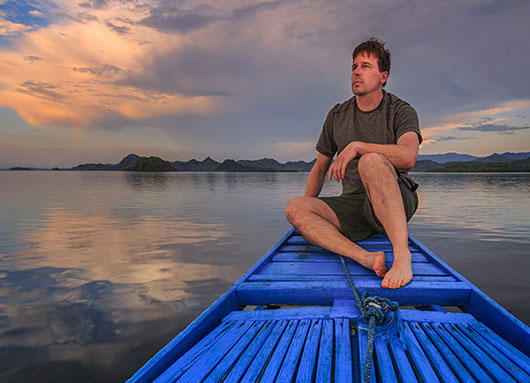
Very good photo and explaination
I have a question about your about the date of your photography starting with the mountains capes at the very top from Chile. I'm writing a assignment on that photo for Humanities. Also when was the photo from, such as, a personal trip, updating your photography , or capturing the sites around a certain type of year to showcase the beauty of the capes, mountains, and valleys?
Just a side note, in my native Colorado twilight usually lasts about a half an hour. At higher latitudes it is longer. When visiting Jasper, Alberta twilight was nearly two hours!
Hi Ian, I love looking at your stunning images from around the world and wish I was there taking them :) I will be in Chile in November (Carretera Austral) and I would welcome your advice as to my current setup (ie. do you think it will do the landscape justice). My equipment is Canon 7D Mkii, Sigma 10-20mm, Canon 100-400mm, Tamron 16-300mm. Obviously I want to give myself the best chance of some decent images but would not be able to afford too much of a change to my kit. Regards John (UK)
[…] basic photography tips from professionals to learn about the pros and cons of natural light depending on the time of day. Then plan your trip so you’ll have the best times of the day free for taking pictures. Don’t […]
Ian - Since you seem to do a lot of trekking in your travels, I'm wondering what sort of camera strap or harness you use to keep a body and lens handy around your neck but tight, secure non-flopping as you hike especially with a pack on your back.